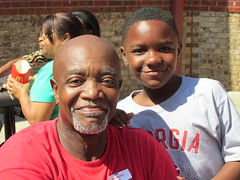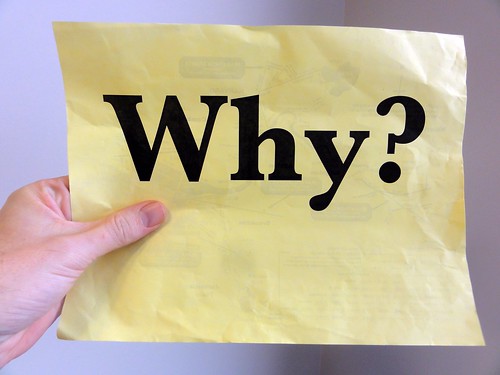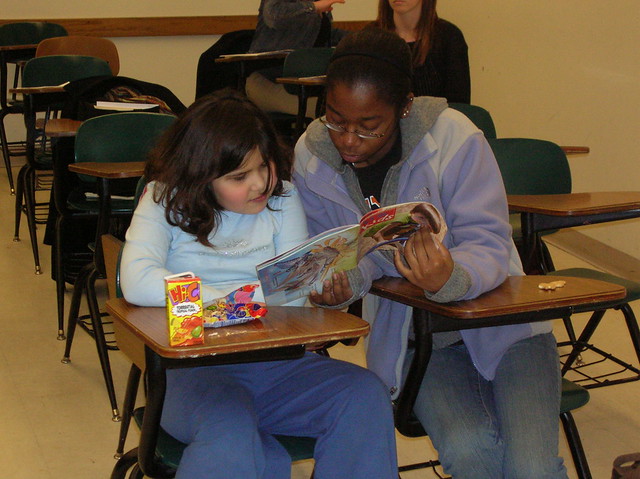Transferring knowledge is like passing a ball - both the thrower and the catcher share accountability for an effective pass.
Imagine an experienced practitioner transferring knowledge to a younger colleague or group of colleagues. Who is accountable for ensuring effective knowledge transfer?
The answer is that the accountability is equally shared. It's like a football pass - both the thrower and the catcher are responsible for making a successful pass.
Not only is the accountability equally shared; both parties need to be equally involved, and both need specific skills.
The experienced person (the thrower of the knowledge) needs to be willing and able to share their knowledge. They need a good overview of what knowledge needs to be shared, and they need to have thought through the best way to share it. They need to understand the difference between showing, teaching, coaching and questioning, and know when each technique needs to be used. If they are writing their knowledge, they need to be aware of the curse of knowledge, and have to write it in such a way that it can be fully understood.
The junior person (the catcher of the knowledge) needs to be willing and able to learn. They need a good overview of what knowledge they need to acquire, and they need to have been trained in knowledge elicitation techniques such as open questioning and root cause analysis. If they are reading the knowledge, they need to pay attention; to "read, mark learn and inwardly digest." Also they need a structure for storing the knowledge they acquire, so it can be useful to themselves and also to their colleagues. Learning blogs and a shared wiki can be powerful tools. They may also find it useful to video record their coach at work, and to analyse the video afterwards together with the coach.















